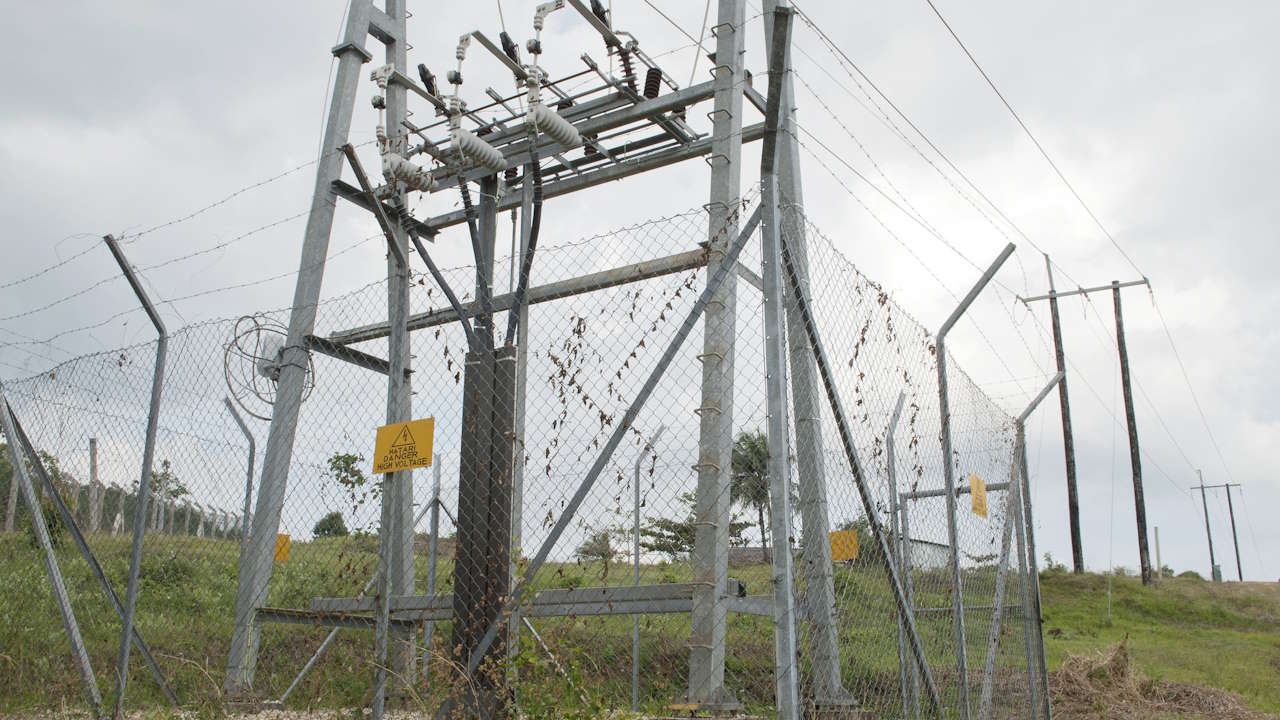
This week, representatives of donor and borrower countries have been meeting in Zanzibar, Tanzania, to review the current funding cycle of the International Development Association (IDA), the World Bank’s concessional lending arm. They are taking stock of the IDA’s ongoing programs and the needs of the world’s poorest people. The choice of venue is significant, because it enables participants to witness the extraordinary impact of IDA funding, while reflecting on Africa’s central role in development, now and in the future.
By 2050, one in four people on the planet will be African, and the continent will have the world’s largest and youngest workforce, as well as vast consumer markets. Currently, however, African countries – many of which are fragile and conflict-ridden – are among the world’s poorest. Around 462 million people in Sub-Saharan Africa (SSA) live in extreme poverty, while many governments are grappling with catastrophic weather, the aftermath of the Covid-19 pandemic, and high levels of debt and unemployment.
To realise Africa’s tremendous potential, governments must focus on increasing employment opportunities. Currently, only one in six workers in SSA has a salaried job, compared to one in two in high-income countries. In the absence of a stable income, many Africans cannot thrive or plan for the future. Creating new and better jobs for young people would drive inclusive growth and turn the continent’s demographic wealth into an economic dividend.
Policymakers must also be more ambitious in addressing the sources of rising poverty, fragility, and violence, and in mitigating the effects of climate change. When extreme weather leads to a bad harvest or violent conflict disrupts supply chains and limits access to essential services, families are often forced to sell their productive assets and migrate. With these interlocking crises threatening to undo the progress on sustainable development, governments must allocate more resources to respond effectively.
That is where the IDA comes in. The fund is a major source of assistance for African countries contending with mounting debt levels and shrinking fiscal space. The most recent replenishment of IDA’s resources, the 20th funding cycle (IDA20), was finalised in December 2021. This resulted in a historic $93bn package for the world’s 75 poorest countries, of which 39 are in Africa, in fiscal years 2022 through 2025. In the fiscal year ending in June 2023, African countries received 75 per cent of IDA commitments for grants and low-interest loans.
IDA20 aims to help countries reduce poverty and ensure shared prosperity, focusing on crisis response, pandemic preparedness, resilience in fragile and conflict situations, and climate-friendly development. Preliminary results show that, so far, IDA20 has provided essential health and nutrition services to 87 million people; access to improved water sources to eight million; electricity services to 11 million; and more than ten million with jobs.
The effectiveness of IDA assistance can be partly attributed to the fact that around 30 per cent of its financing is provided as grants, which has proven to be a crucial support for countries at high risk of debt distress. But it also reflects the IDA’s capacity to borrow from capital markets, which allows it to leverage every dollar that donors contribute into almost $4 of financial support for recipient countries, as well as efforts to raise additional resources by collaborating with other development partners. With the “polycrisis” of climate change, food insecurity, and Covid-19 having dramatically increased financing needs across Africa, Asia, and Latin America and the Caribbean, these levers have become essential to meet growing demand.
With World Bank officials and national policymakers meeting in Zanzibar to review IDA20, they will be able to see, up close, the transformative impact of development funding. Despite a challenging external environment, Tanzania has enjoyed a strong post-pandemic recovery, with the economy growing by 4.6 per cent in 2022 and projected to grow by 5.1 per cent this year. These gains have been supported by reforms to strengthen competitiveness, improve the business and investment environment, and reduce regulatory costs.
Moreover, since 2017, the Tanzania Rural Electrification Expansion Program, financed by the World Bank, has provided more than 4.5 million people with access to electricity, exceeding the target of 2.5 million and achieving one of the fastest electricity-expansion rates in SSA. The program has also added new connections at more than 1,600 health-care facilities and nearly 6,000 schools. As a result, millions of children can read at night, farmers and small businesses can increase productivity, and people in rural areas can obtain critical health care. With IDA funding, the Tanzanian government has also upgraded roads, storm water systems, solar street lighting, and the seawall in Zanzibar, as well as expanding roads and related infrastructure in Dar es Salaam.
Despite its success, IDA20 cannot meet all of Africa’s development needs. As preparations begin in Zanzibar for IDA21, which will run from fiscal years 2026 to 2028, we must work to ensure that this next financing package is the largest ever mobilised. This will require an increase in partner contributions, which the IDA can then maximise using its innovative financing model. Acting together, we have an opportunity to unlock the potential of countries across the developing world and create a world free of poverty on a liveable planet.
Akihiko Nishio, vice president of development finance, World Bank, and Victoria Kwakwa, regional vice president for Eastern and Southern Africa, World Bank
Copyright: Project Syndicate, 2023.
www.project-syndicate.org






